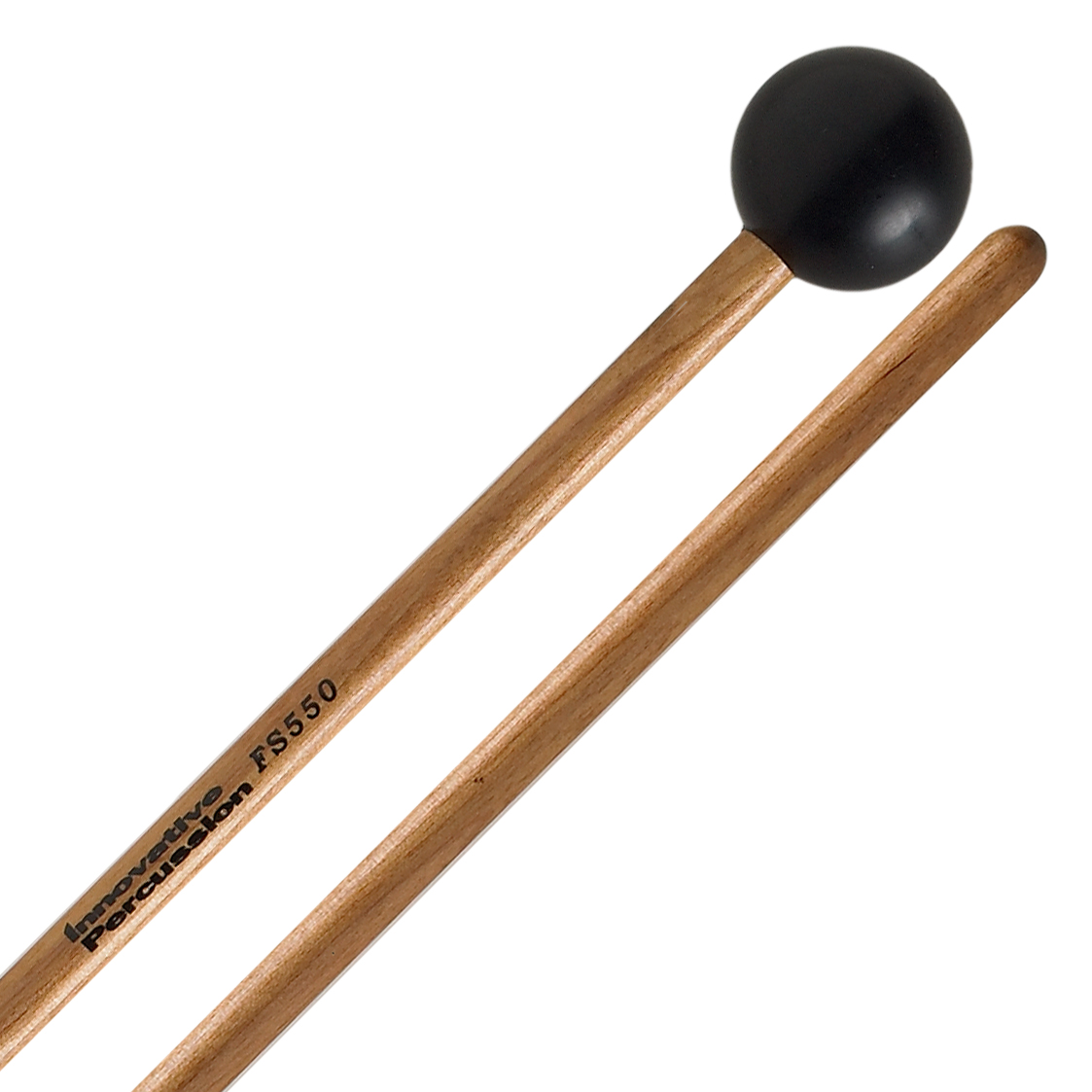Week 17: Applications and Implications
This week our task was "propose a final project that integrates the range of units covered, answering:
- what will it do?
- who's done what beforehand?
- what materials and components will be required?
- where will they come from?
- how much will it cost?
- what parts and systems will be made?
- what processes will be used?
- what tasks need to be completed?
- what questions need to be answered?
- what is the schedule?
- how will it be evaluated?"
Each question in answered in turn as follows.
1. What will it do?
The eTester is a device for measuring the elastic properties of materials. It uses the method and equations outlined in ASTM standard 1876, the 'Standard Test Method for Dynamic Young's Modulus, Shear Modulus, and Poisson's Ratio by Impulse Excitation of Vibration'. However, the device is simplified in terms of what it is designed to measure. I have programmed the interface to measure dynamic Young’s modulus only. It can be computed if the mass, dimensions, and either flexural or longitudinal resonant frequency of the material is known. Given the ease of measurement of mass and dimensions, the aim of the eTester is to measure the fundamental resonant frequency, and feed it into the equation for calculating elasticity. For simplicity, I focus on measuring the longitudinal resonant frequency only. The purpose of measuring the elastic modulus is to have the required data for modelling the performance of objects fabricated from the material. In particular, it is useful for generating data on new, non-standard materials. This can help Fab Labs who want to use local materials that are either made or sourced, but do not have good data. With greater data transparency, we can use new local materials with greater confidence.2. Who's done what beforehand?
The measurement technique for determining dynamic elastic properties is standard, and therefore widely used. A good study demonstrating the method being used can be found here. However, I have not found a ‘device’ that is designed to be fabricated and used in a Fab Lab type setting. I aim to create a template for making this device so that it can be replicated without needing to start from the wider set of scientific guidelines.I then found a Buzzmac professional kit that has been made and is available for sale. The user manual was extremely useful, and it is well documented with an extensive reference list.
3. What materials and components will be required? Where will they come from?
The following is the list of components specified in the test method:
From: purchase a rubber mallet for striking a xylophone like the image below.

From: We then ordered a few sensors to experiment with from Mouser: MEMS Microphone.: $1.08, Digital Zero Height SiSonic, and this Output Digital Microphone.
Based on these calculations I determined I needed a sensor to cover the range of 0-100 Hz, with an elastomer being the lowest resonance frequency, and aluminium being the highest.
From: In order to experiment with different amplifiers, we ordered the following ones:
Audio Amplifiers Sound-Plus Hi-Perf JFET-Inp Aud Op Amp: $2.74 Precision Amplifiers High Prec,Low Noise Op Amp: $9.51 Operational Amplifiers - Op Amps Dual Lo-Noise Hi-Spd JFET-Input: $2.92 Operational Amplifiers - Op Amps Lo Pwr Single-Sply Rail-to-Rail: $1.53
I decided to use the standard recommendation of moveable foam strips. My design is to use a metal base plate, with moveable foam strips glued to magnets.
4. how much will it cost?
The following is an estimated parts list with costs:
5. what parts and systems will be made?
I need to make the following parts:
6. what processes will be used?
7. what tasks need to be completed?
7.1 what questions need to be answered?
7.2 what is the schedule?
I plan for my eTester to be ready for demonstration by Friday, June 16th. The following tasks are scheduled:
7.3 how will it be evaluated?"
I plan to evaluate my eTester according to the following criteria: